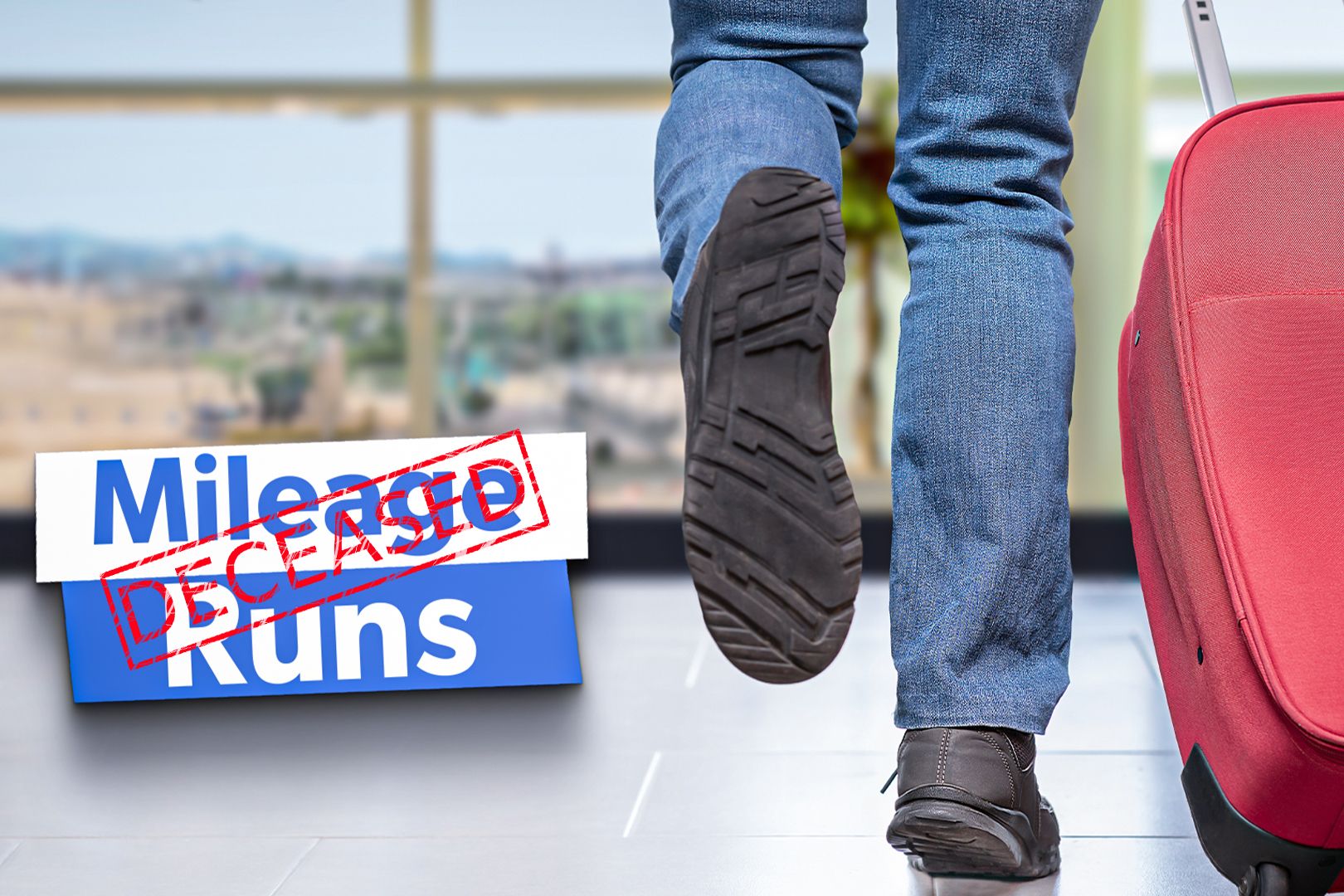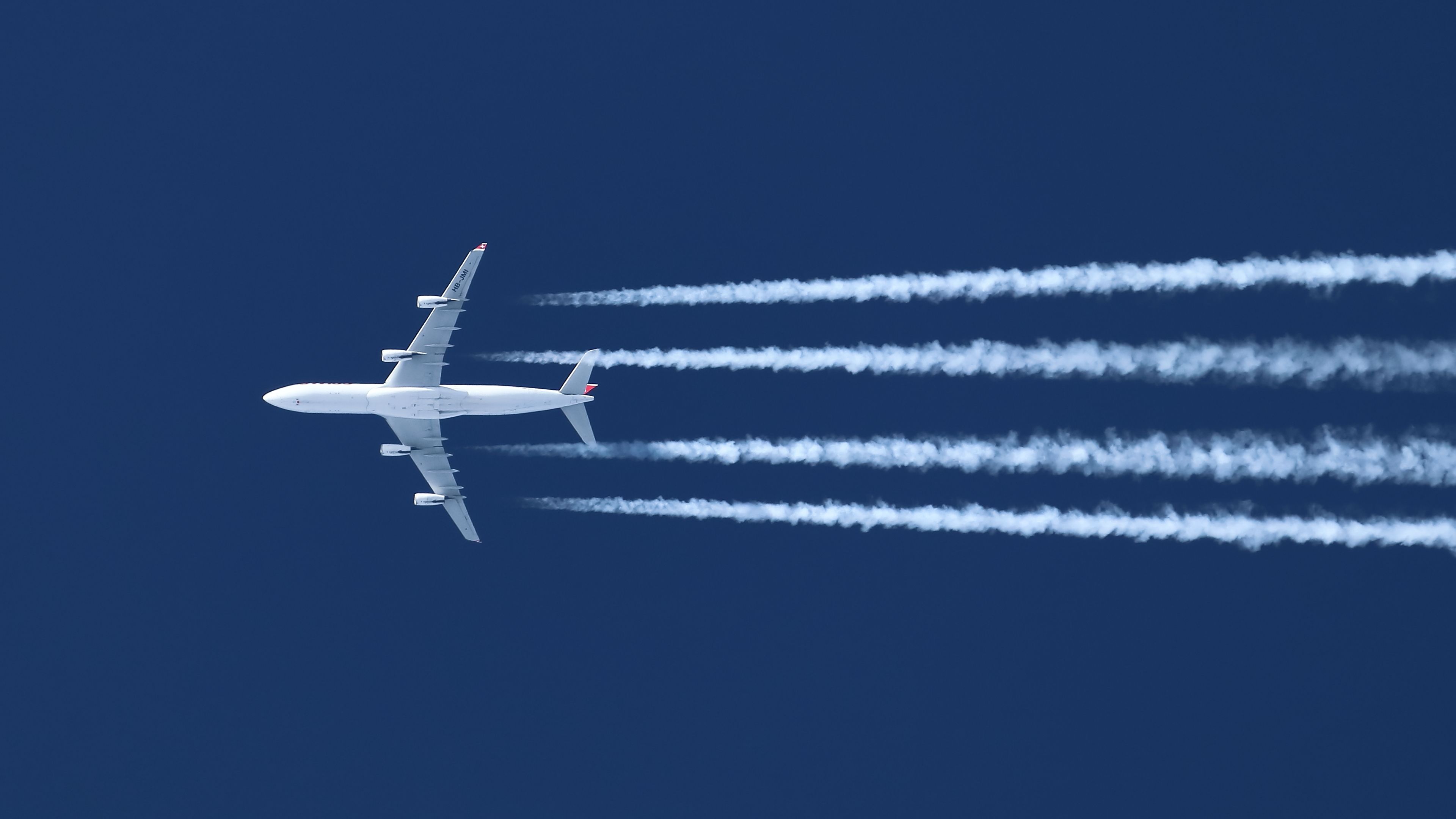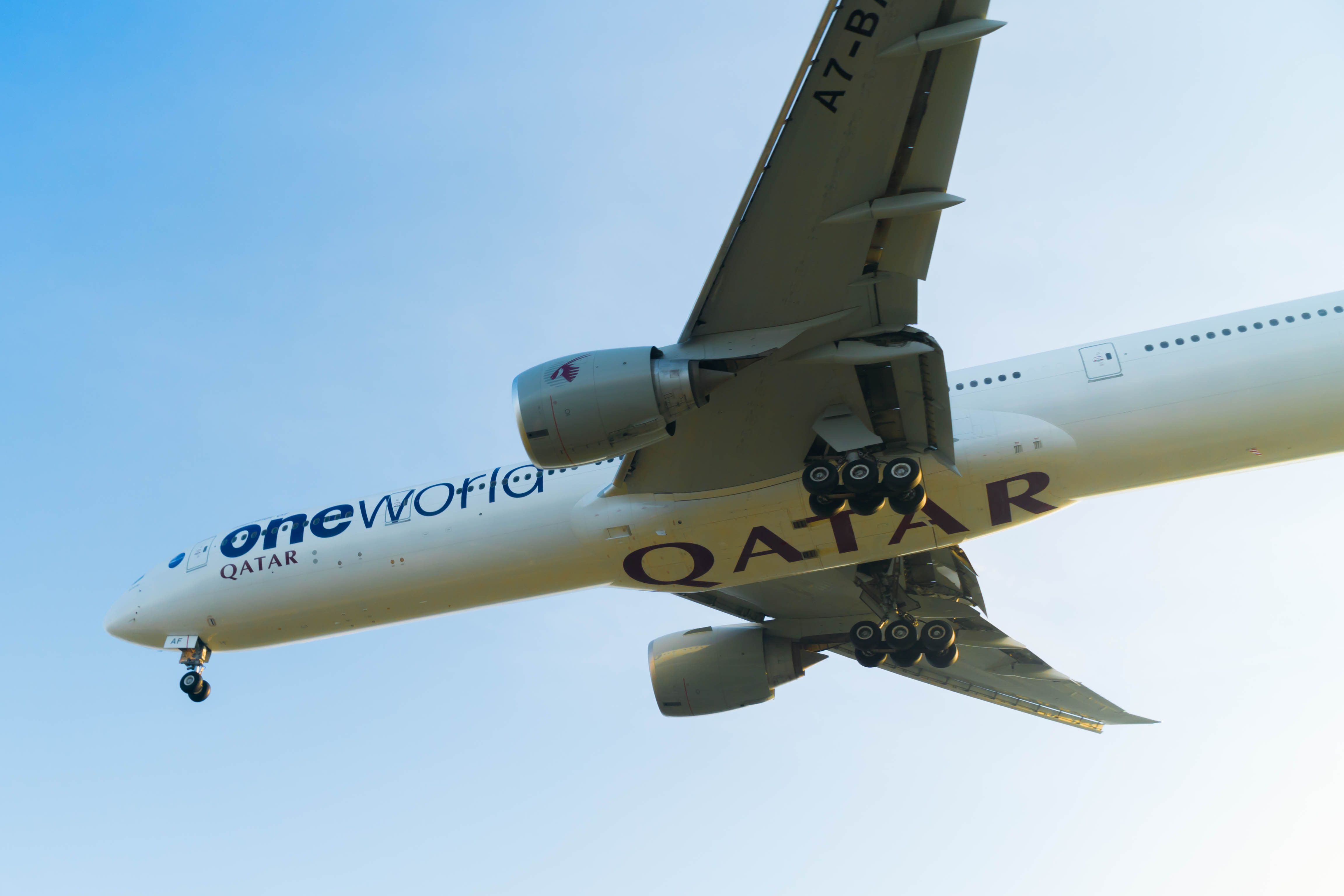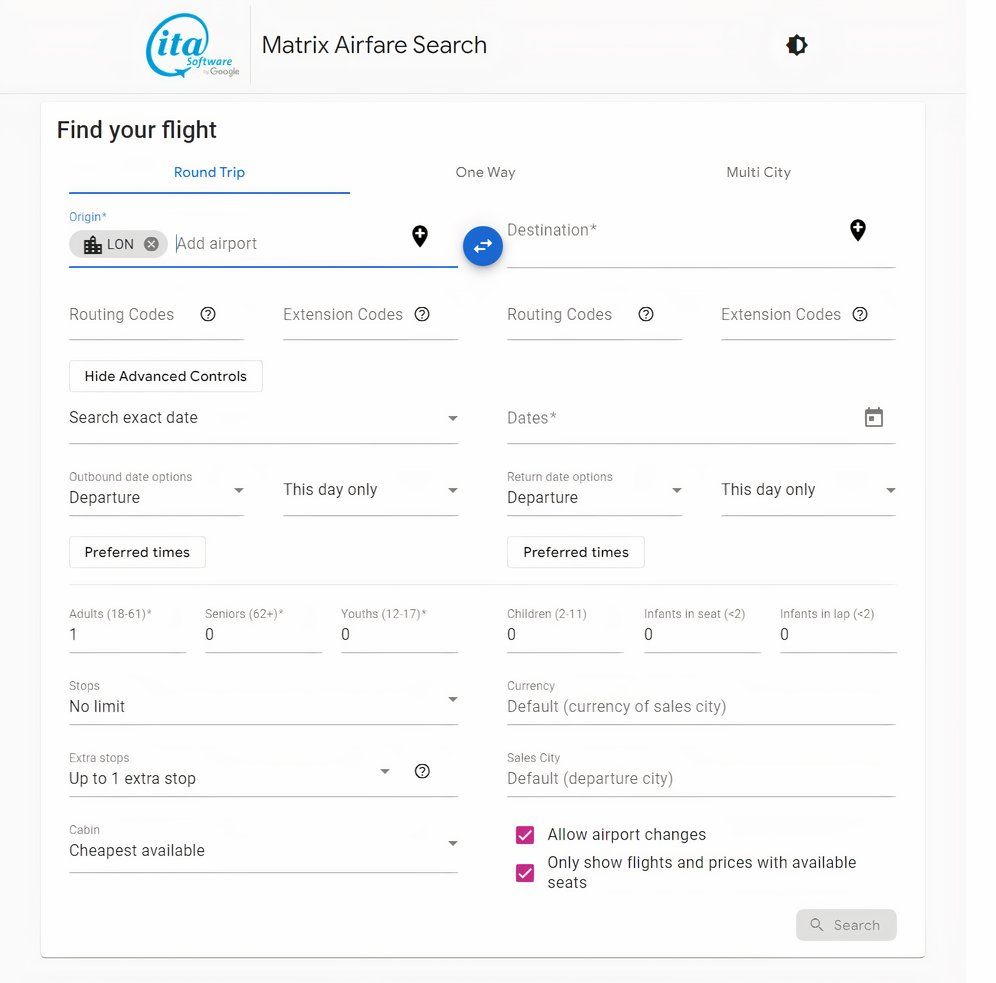Summary
- A mileage run involves flying solely to accumulate miles or for elite status credits.
- It works if the value gained surpasses the ticket cost, depending on the program.
- Mileage runs are less common these days due to changes in earning systems, but can still be beneficial if planned wisely.
Collecting points and miles is a major part of airline loyalty. Travelers will earn these based on flights taken, and increasingly these days from other sources such as credit card spending and retail. Taking this earning more extreme leads to the idea of a mileage run. This is where the main purpose of the flights becomes to earn points and miles, or for credit towards elite status. With changes to earning systems in recent years, mileage runs are less common, but there are still ways to make them work.
How to define a mileage run
A mileage run involves taking a flight or set of flights, mainly for the purpose of accumulating miles or points or for the credit towards elite status. The concept of doing this grew alongside the development and expansion of loyalty programs over the past few decades. As travelers started to chase miles earning (to use for aspirational premium award tickets) and higher status levels,
Photo: Alexey_MAV | Shutterstock
Looking to some other sources, Forbes gives the following definition:
A mileage run is a flight that is taken solely for the purpose of earning frequent flyer miles or elite status with an airline but not particularly to get to a specific destination or with the purpose of exploring a new place.
And the frequent flyer website One Mile At A Time defines it as follows:
Put as simply as possible, a mileage run is when you fly for the sole purposes of accumulating airline miles or airline elite status. This could come in the form of a year-round hobby, or an end-of-the-year jaunt to qualify for elite status.
When should you consider a mileage run?
Most simply, a mileage run works if the value you get from the points, miles, or status credits is worth it compared to what you have to pay for the ticket.
The idea makes sense. Points and miles have an implied value (based on what you use them for). Likewise, elite status benefits can offer real savings (with baggage and seat selection, not to mention lounge access and free upgrades). If flying provides a cost-effective way of achieving this, then it is worth it.

Related
How To Calculate The Value Of Airline Loyalty Points
Points and miles do not have fixed value, but vary each time used.
Of course, it is not necessarily the case that travelers put these together just to earn miles endlessly. In many cases, they are done just to reach a specific target. As a couple of common examples:
- You could be short of some miles to reach a lucrative award redemption. It might be worth taking some extra flights to earn the miles needed (assuming this is cheaper than paying to purchase them directly).
- You need some additional status credits to reach a particular level. Such credits usually have a strict timescale to be considered, so taking an extra flight or two at the right time could make a big difference.
How to put together a mileage run
Of course, earning points or miles and elite status differs widely between loyalty programs. Understanding how specific programs work in detail is key to being able to put together a mileage run. You will need to find and exploit the ways to maximize earnings for the particular program you focus on.
Phioto: cunaplus | Shutterstock
Some general points and tips to bear in mind for this:
- With revenue-based earnings, putting together a pure mileage run will be almost impossible. Earnings rates are generally set at a level that means earning more value than you spend is very hard.
- With most revenue-based programs, miles/points for flights with partner airlines are still credited based on the distance flown. There is much more potential here to create a mileage run.
- With distance-based earning, the fare code of the ticket is usually very important. This determines the miles or points earned (as a specified percentage of the distance flown). This could be as low as 10% or 25% for discount economy and up to 200% or more for premium cabins. Premium economy is often a sweet spot here.
- Changing the flight routing or connections can make a big difference in earnings. Since earning is obviously distance-based, flying a longer routing will earn more (within permitted rules and maximum distances for the fare type).
- This longer routing idea becomes especially important for status runs. Many programs will award credits per sector, so taking extra flights can make a big difference. Consider British Airways Executive Club, for example—a direct flight from Hong Kong to London in business class would earn 160 Tier Points, whereas flying via Doha with partner Qatar Airways would earn 280 Tier Points (140 for each flight).
Photo: Faiz Zaki | Shutterstock
There are various tools that can assist with putting together a mileage run. Everyone has a favorite search engine for finding fares. Tools such as ITA Matrix from Google are particularly good at showing different flight combinations, and for accessing fare rules to further explore how the routes could be maximized. Discussion forums can also be a source of inspiration and detail for putting together runs.
Image: ITA Matrix by Google
Is the mileage run on the decline?
There is no doubt that mileage runs are less common and less lucrative than a few years ago. It is simply much harder to put together a flight itinerary that maximizes miles or status credits for a low price. With revenue-based earning systems, it is almost impossible. There are several changes at play here, including:
- A shift from many airlines to awarding miles or points based on revenue.
- Spending targets to reach status (not just based on miles flown anymore).
- Decreases in percentage earning for those airlines (or partners) where miles or points are awarded based on distance.
- A general trend is to devalue miles and points, meaning more are needed to redeem award tickets.
- Increasing environmental and carbon concerns, both from airlines and passengers.

Related
The Mileage Run Isn’t Dead But It’s Almost Not Worth It
The shift in loyalty program economics may have also made some frequent flier programs more environmentally friendly.
There was a time when most fares (even discount economy) used to earn 100% of the miles flown. This made for some very lucrative earning options. It is rare these days for low-priced fares to earn this highly, and of course, many earn based on the amount spent. As this trend to monetize loyalty programs continues, the possibilities for true mileage runs will continue to decline.
Perhaps these days, it is better to look at mileage runs not in terms of taking flights just for the sake of the points or status credits but instead as a means to boost earnings. There are still cases where it might make sense to take a different route, use a different airline, or pay slightly more for a ticket because it will help earnings or tier qualification. The ‘mileage running’ element simply becomes part of planning a trip you are taking anyway and perhaps paying a bit more for extra value.




